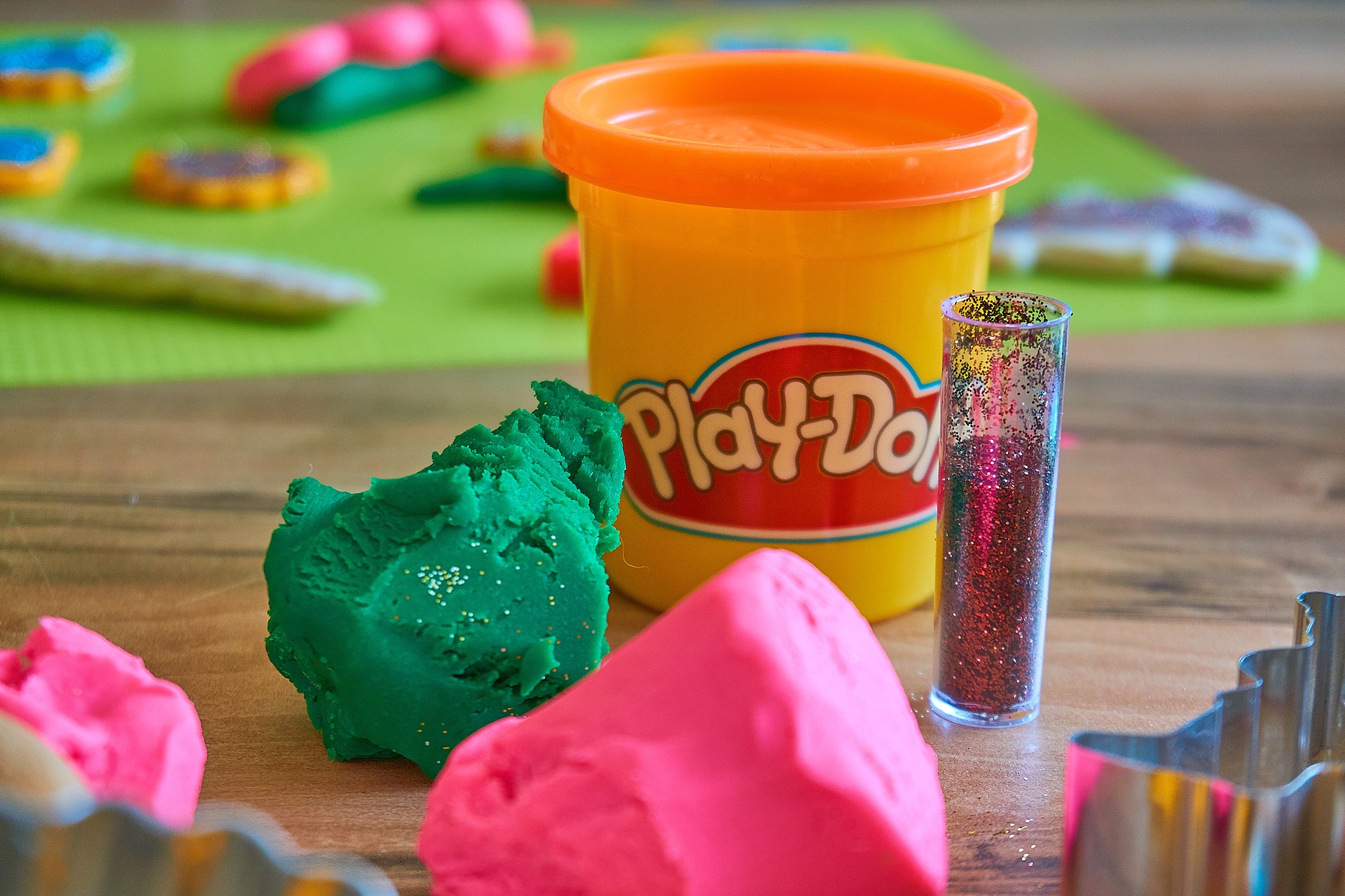By: Monica Riva Talley and Shelise Rupp
Since the Lanham Act was passed in 1946, trademark protection has encompassed an ever expanding list of attributes that can be perceived as denoting the source of a product or service. Recently issued registrations cover sounds, textures, and even the color of football fields. But one of the most recent – and interesting – developments has been in the field of “smell marks.” A smell mark is a scent that is unexpected (not functional) for a product or service, and instead communicates the origin of the product or service to consumers.
Though the first smell mark was registered in 1990, only a handful have registered since. Notable examples include a “flowery musk scent” used in Verizon stores (Reg. No. 4618936), bubble gum scented footwear (Reg. No. 4754435), festive piña colada scented ukuleles (Reg. No. 4144511), rose scented marketing materials (Reg. No. 3849102), and motor fuels that smell like strawberries (Reg. No. 2568512).
Just recently, another smell mark registration made headlines–the iconic smell of Play-Doh, long a staple of American childhood.

Described as “a sweet, slightly musky, vanilla fragrance, with slight overtones of cherry, combined with the smell of a salted, wheat-based dough,” for “toy modeling compounds” Federal Registration No. 5467089, is now proudly owned by Hasbro, Inc.
The recent uptick in smell marks may be a natural result of brands’ continued need to differentiate themselves in a crowded marketplace, and suggests that this area of trademark law will continue to grow. For anyone wishing to add a smell mark to their stable of brands, there are two specific requirements owners must meet to register such a mark: nonfunctionality and acquired distinctiveness.
Nonfunctionality is a requirement for all registered trademarks. For scents, a gateway requirement is that the smell may not be essential to the use or purpose of the article, including one that affects the cost or quality of the article. Examples that have met this threshold include plumeria-scented thread, and the aforementioned bubble gum smell for shoes and tropical scent for musical instruments.
Second, a smell mark must also be distinctive – which, as with more traditional product configuration trade dress marks, means that the owner must prove that the mark has acquired distinctiveness before it can be registered on the Principal Register. Such evidence can include years on the market, sales figures, look-for advertising, and consumer declarations. If adequate evidence of distinctiveness cannot be provided at the time of filing, marks with the potential to acquire it may still be registered on the Supplemental Register.
Registrability hurdles aside, for brands looking for new ways to connect with consumers, it may just be that a smell mark can help you nose ahead of the competition.
This article appeared in the August 2018 issue of MarkIt to Market. To view our past issues, as well as other firm newsletters, please click here.
Related Industries
Related Services

Receive insights from the most respected practitioners of IP law, straight to your inbox.
Subscribe for Updates